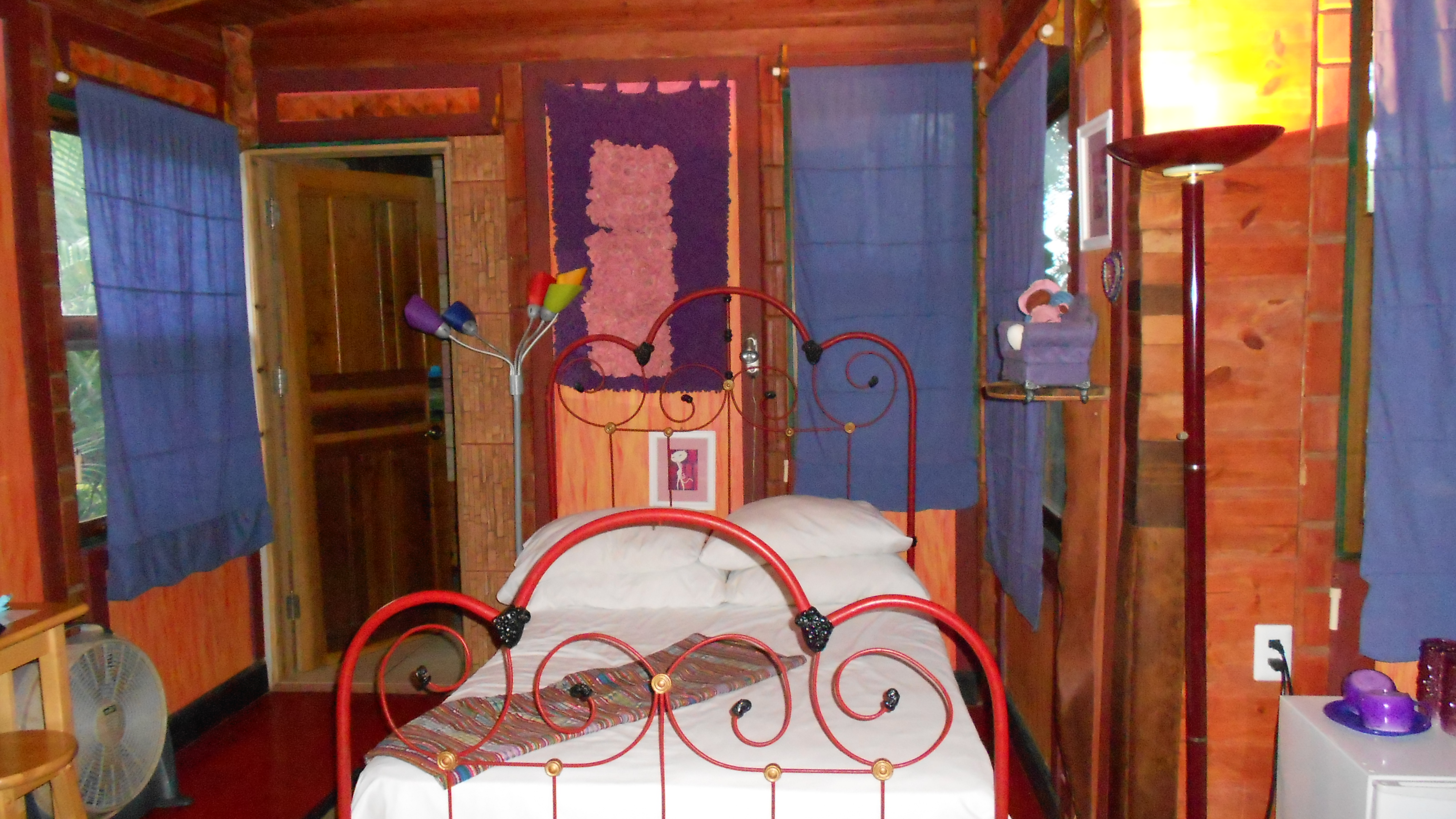
One of my sisters, Renee, often takes advantage of my editing skills.
Her latest endeavor was updating the family tree on our maternal grandfather’s side as a member of The Strange Family Historical Society (SFHS). Since SFHS published its first history book over 10 years ago, they’re gathering data via an Excel worksheet to update it.
Beyond editing out the wordiness and reformatting the worksheet, the veteran teacher came out in me. The instructions included two examples of how to fill it out, using two different family members, which added unnecessary complexity. Moreover, there was no visual aid. How could instructions about one’s connection to the Strange family not include a family tree?
Fortunately, I had an illustrating app. I refreshed my memory about common conventions used in a family tree chart: squares for men; circles for women; a horizontal line connecting spouses; siblings all perpendicularly connected below their parents on the same horizontal line.
I added more features for the purpose of this data collection. First, the color coding. White was the default color, especially for the Strange family patriarch, Jessee Strange, who was born a slave and freed as a young teen as a result of the American Civil War, which ended in April 1865. Since all of my great grandfather Jessee’s 12 children were freeborn, those Stranges are referred to as The First Generation.
Half of The First Generation of freeborn Stranges had no children and were depicted with a white background. The descendants of the other half of the freeborn First Generation started wearing designated colors at our yearly family reunion, based on their branch of the family tree. For example, my grandfather, Floyd B. Strange, had lime green as his branch color.
I also numbered our family tree, starting with 1 through 12 for the siblings of The First Generation. Part of the data collection instructions included how to assign each family member a unique number, showing their relation to the Strange family tree.
Using Renee as my example, her unique number is 11-6-1 since our grandfather was the 11th child, our mother the 6th child and Renee the first born. Her youngest child, CJ, has the unique number 11-6-1-3 since he’s Renee’s third child.
As I edited the instruction examples, I was suddenly struck with a profound understanding: my sisters, first cousins and I were merely the 3rd generation of freeborn Stranges. How could that be?
There was no error in the conclusion or even the formulation of the conclusion. All my life, I’d bought into the narrative that slavery was a long time ago. So long in fact that I thought several generations had been free.
At that point, I realized I’d believed the dominant narrative hype, starting with what I learned about black people in American history class: The slaves, Harriet Tubman, Fredrick Douglass, MLK and Rosa Parks. This was back in the mid 80s in NC when Black History month was only a week. (Negro History Week started in 1926, then in 1976 the celebration was expanded to a month and renamed Black History month, but that hadn’t quite caught on yet in my high school. My senior year high school English teacher had crammed the Harlem Renaissance into that week.)
The glossing over and outright omission of the contributions of black people was systemic and served many purposes. First, watered-down Black history guaranteed that a straight-A student like me learned very little about the historical contributions of black people. Secondly, being uninformed, students of all races lacked an appreciation of the genius, innovation and sacrifices of black people. Such knowledge would have fostered pride in black students and respect among nonblack students.
Growing up, I’d always heard the narrative that Black History wasn’t important, not realizing that for the myth of white supremacy to be maximized, then there could be no counterexamples or so few that the “exceptional blacks” were just that.
After the American Civil War concluded, free blacks did not receive their 40 acres and a mule, nor an inheritance from their enslaver fathers. Jim Crow replaced the slave codes. States’ Rights facilitated the inequitable passing of laws to deny blacks basic resources needed to thrive such as education, health care and housing. Redlining carved up communities, dictating where blacks could live. Various repressive voter laws and gerrymandering denied blacks access to exercise their civic duty. Police and courts assume blacks are guilty until proven innocent–if we’re not killed prior to receiving justice. Underlying all of these things are those terrible Gap Twins: Empathy and Economic.
But our salvation lies in our family tree. Within the branches of our family tree are the narratives of struggle and triumph. Until our unadulterated family histories permeate throughout our culture like the latest black-inspired entertainment, the dominant narrative will continue its successful burial of our greatness through systemic racism.


2 Responses to Born Free